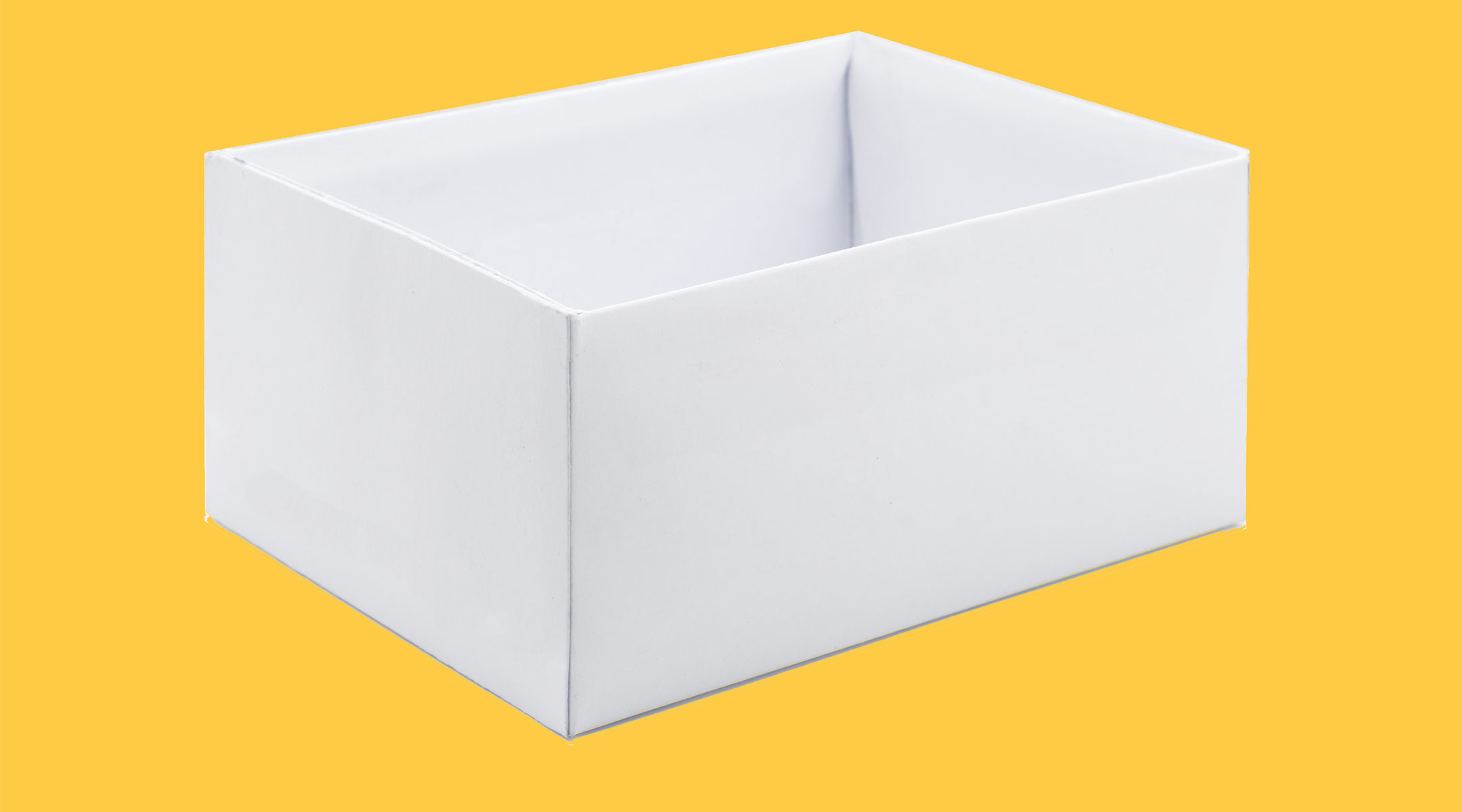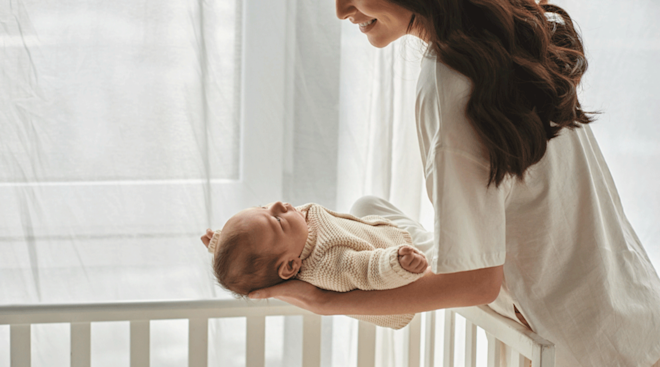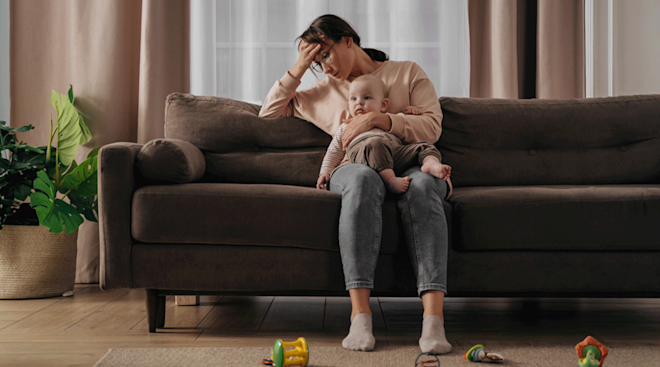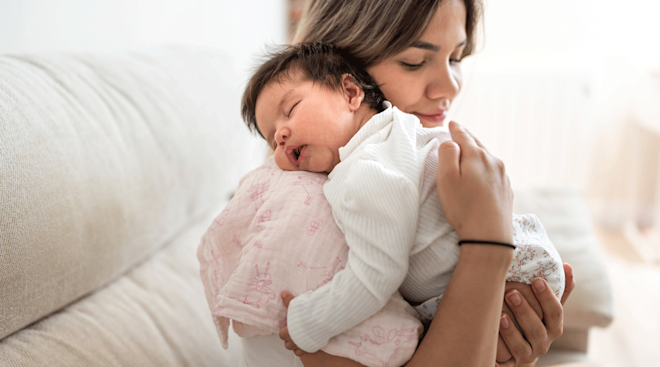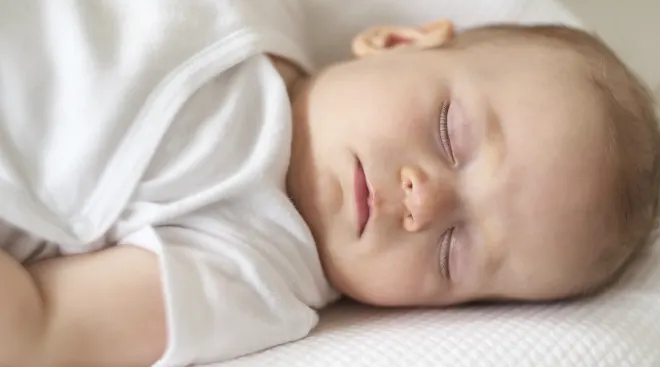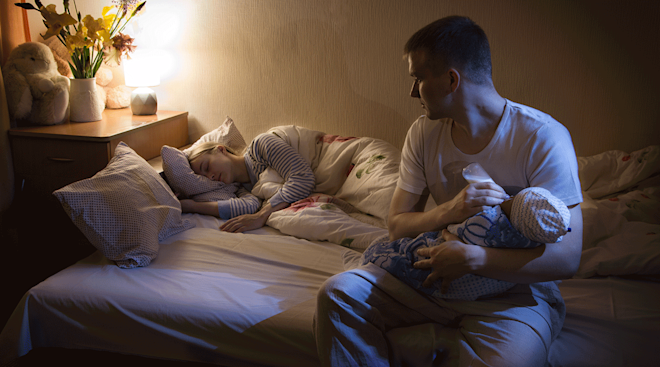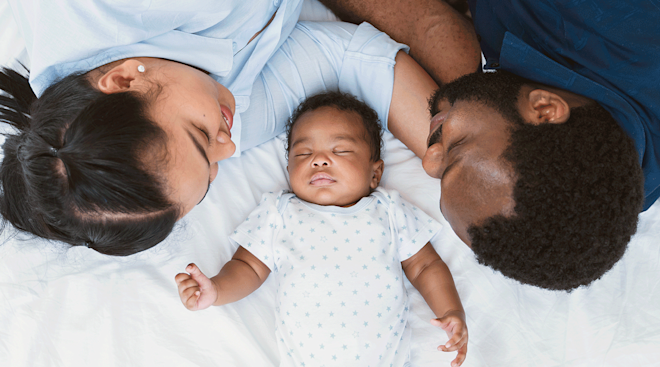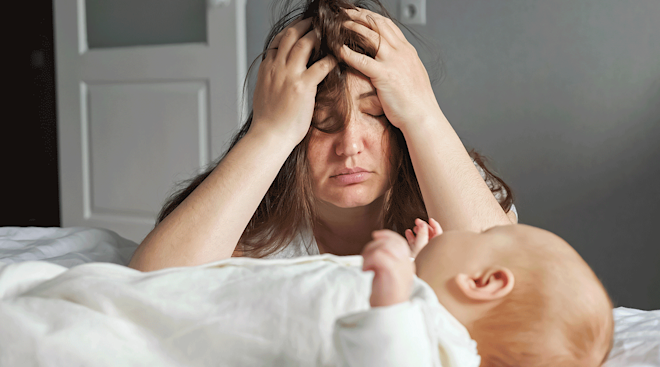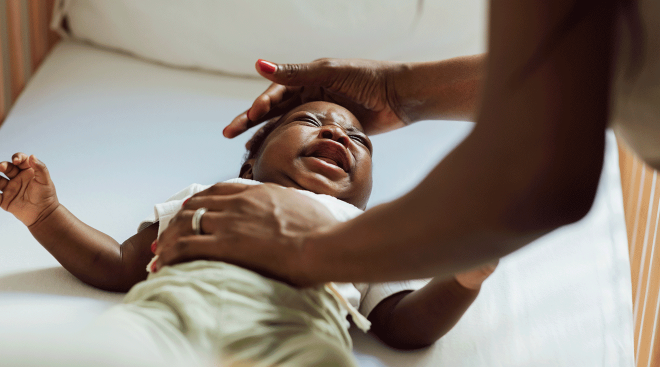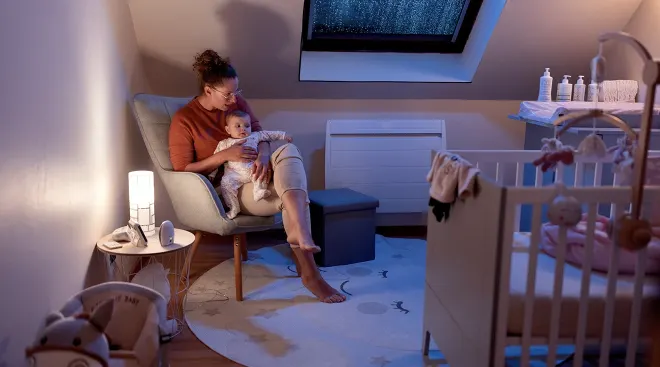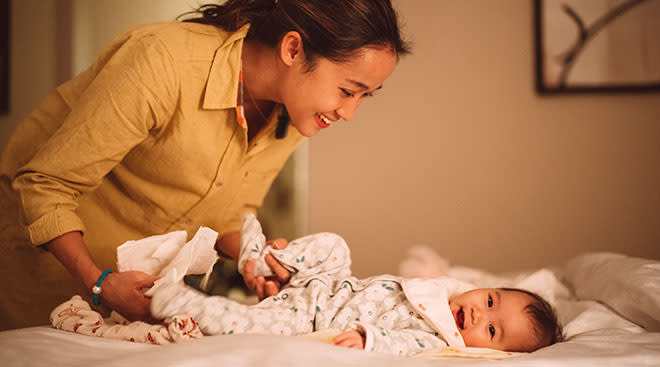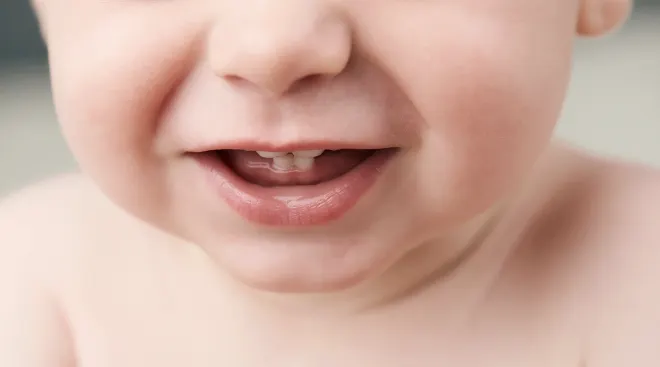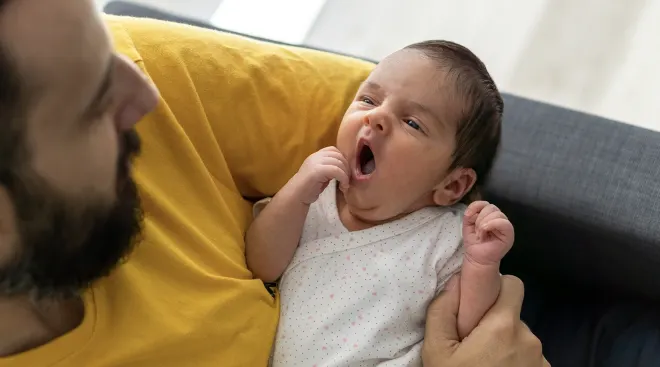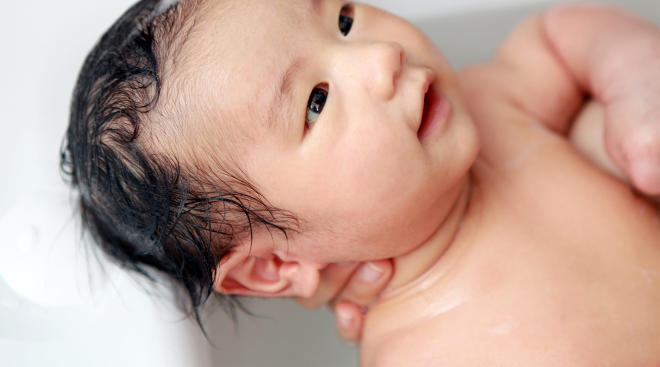SIDS Organization Raises Concerns About Baby Boxes
This year, Finland’s baby box trend has taken off in the US. It started in January with New Jersey, where parents who register online can receive a sturdy cardboard box full of newborn essentials that doubles as a bassinet. Since then, Alabama, Ohio, Texas and Colorado have announced similar statewide programs. But across the pond, a UK safe sleep charity is sounding the alarm over baby boxes, saying there is no evidence they protect against sudden infant death syndrome (SIDS).
“We are concerned about claims that the cardboard boxes, inspired by those distributed by the Government in Finland, are being promoted as a product parents can use to help reduce the risk of Sudden Infant Death Syndrome,” The Lullaby Trust says. “We acknowledge that for some parents, who do not have an enclosed space for their baby to sleep such as a cot or Moses basket, a box may be a better alternative than co-sleeping with a baby in hazardous circumstances, such as on a sofa. However, based on the evidence currently available, we do not not believe it is factually correct to directly link the use of a baby box with a reduction in infant mortality or SIDS.”
The Lullaby Trust goes on to say it’s not possible for baby boxes to fully comply with safety standards, especially when it comes to mattress safety compliance. Current British and EU safety standards apply to traditional cots, cribs and bassinets—there’s nothing in place for baby boxes.
In the US, the American Academy of Pediatrics (AAP) hasn’t condemned or endorsed baby boxes simply because “there is insufficeint data on the role cardboard boxes play in reducing infant mortality.” And while randomized controlled trials on baby boxes (flax or woven boxes, not cardboard ones) are being conducted in New Zealand and Australia, none of these studies have been published yet.
But what about the success that Finland sees with the boxes? The country has been using baby boxes since the 1930s, and now has one of the lowest infant mortality rates in the world: 2.5 for every 1,000 births. (In the US, that rate is 5.8 per 1,000 births—more than double the rate of several other developed countries.) But the AAP says boxes shouldn’t be getting all the credit.
“Finland does experience a low infant mortality rate but they have never collected data on the possible role of cardboard boxes,” according to the AAP. “There are many factors that may contribute to the country’s low infant mortality rate: women receive excellent prenatal care; there is very little smoking in the country; and almost all babies sleep on their backs.”
We’ll be watching to see if the attention surrounding this new advisory will affect plans to roll out a baby box program in Washington, DC, the latest city to consider the initiative. One thing is clear, though: baby boxes are a safer alternative to co-sleeping, and a great option if you’re unable to get a bassinet or baby cot.
Please note: The Bump and the materials and information it contains are not intended to, and do not constitute, medical or other health advice or diagnosis and should not be used as such. You should always consult with a qualified physician or health professional about your specific circumstances.
Plus, more from The Bump
Navigate forward to interact with the calendar and select a date. Press the question mark key to get the keyboard shortcuts for changing dates.
































